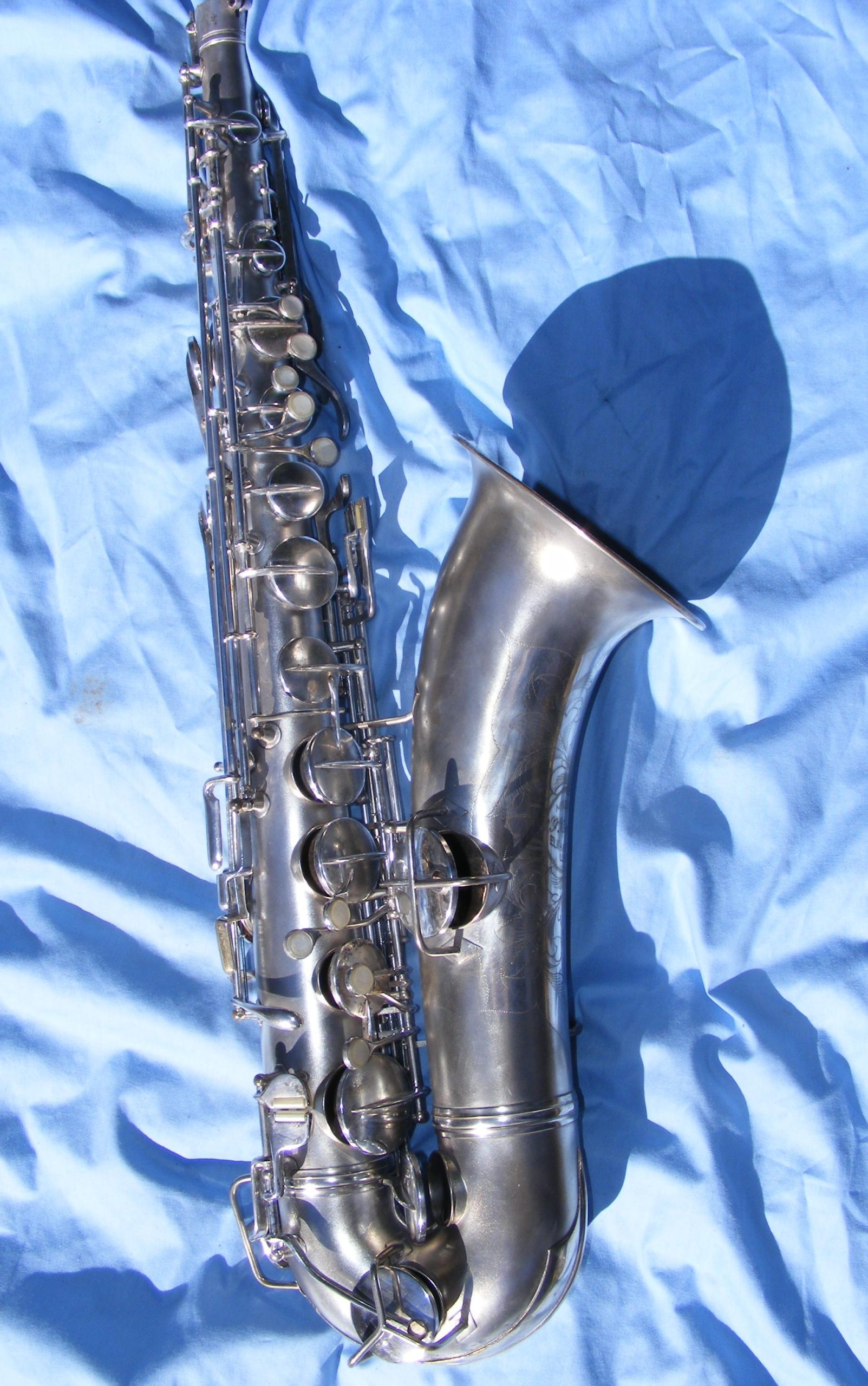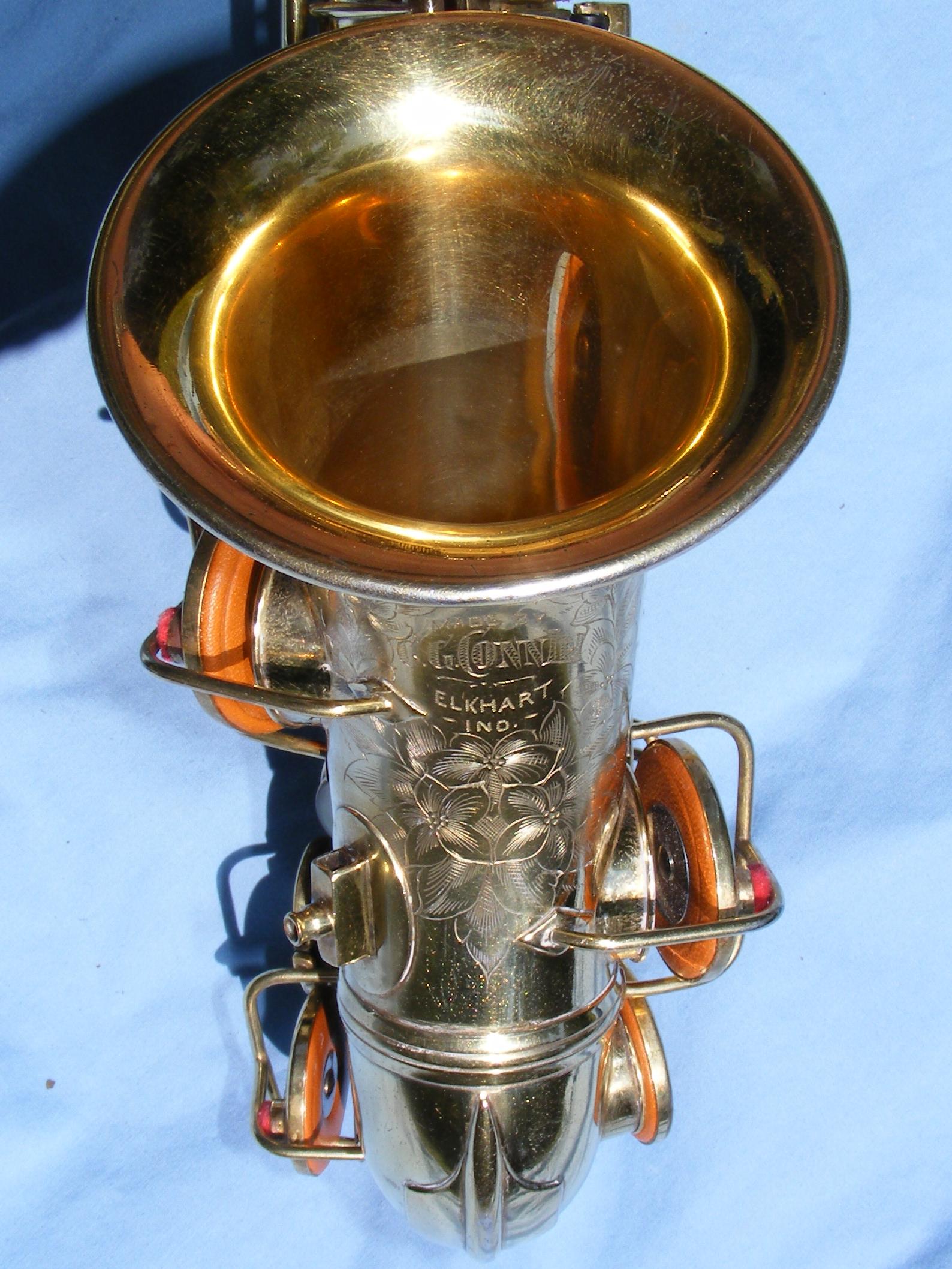How Curved Soprano Saxophone can Save You Time, Stress, and Money.
Wiki Article
The 15-Second Trick For Vintage Saxophones
Table of ContentsExcitement About Curved Soprano SaxophoneThe Ultimate Guide To Soprano Saxophone For SaleNot known Facts About Vintage SaxophonesAbout Vintage Saxophones For Sale
Claim the words 'Baker Street', and what do all of us quickly think of? An imaginary Victorian Detective with a passion for the Violin, sure! Yet, allow's be honest, what the majority of us permit to stand out sweetly into our imaginative minds is the earthy, hot, practically moody tone of the Saxophone in the doubtless popular and widely known tune Baker Road, created by Scottish Singer-Songwriter Gerry Rafferty in 1978.A prominent piece of pop music memorised as well as executed by artists essentially millions of times around the globe, the unbelievably versatile Saxophone has actually qualified more than merely the legendary Baker Road over the years, and also discovered its real house in the amazing as well as accumulated genre of jazz in the 1920s.
Bass or Baritone Saxophones: the abrupt, deep, beeping sound of the weighty Baritone Saxophone makes it best for its capacities in the lower signs up, and also preferred with novices who want indulge in the benefit of staying mobile over & above their Tubaist equivalents; although young gamers can find the secrets hard to get to.
By far the most popular in the Saxophone family for newbies with its very closely aligned keys and easy to reach notes, a lot of skills found out on the Alto Saxophone can be quickly transferred to its siblings. Treble Saxophones: whilst it might appear like a souped up brass variation of a clarinet or comparable, the Treble Saxophone is possibly the most calm as well as classy of all the Saxophones; producing a light and delicate tone in the greater registers - https://slashdot.org/submission/17165734/vintagesax.
Some Of Soprano Saxophone For Sale

It's the instrument you'll listen to in keystone jazz tracks such as Heart Eyes by Coltrane, and Duke Ellington's Take The "A" Train. Nevertheless, although there's no denying that the Tone Saxophone is the most prominent in this extremely affable and also advanced category, the reality is that every one of these Saxophones have a part to play, depending on what a composer (or Singer-Songwriter) wants to achieve (vintage saxophones for sale). https://www.a2zbookmarks.com/author/vintagesaxpn/.
Not only this, however it likewise depends on what you - as an artist with your own design and also abilities - feel most comfy with. It's not unusual for artists to interchange between Alto as well as Tone, as they have a fairly similar quality. Realistically, the really initial thing you must be thinking concerning is what kind of Saxophone will certainly match you!
Created by musical instrument developer Adolphe Sax in Belgium in the 1840s, saxophones were developed to integrate the most effective high qualities of brass tools, such as the trumpet or trombone, with traditional woodwind instruments, such as the clarinet or oboe (vintage saxophones for sale). In spite of being made mostly out of brass, saxophones are categorized as woodwind instruments since, like clarinets, the primary driver with which noise is created when playing the saxophone is the reed.
The Ultimate Guide To Soprano Sax
Today, that number has been distilled down substantially to six kinds of saxophones. From there, just 4 of those remaining six kinds are still commonly played in contemporary musical contexts. In pitch order from highest to least expensive, they are the soprano, alto, tone, and also baritone saxophones (https://www.youtube.com/@vintagesaxpn/about). So, the helpful site natural concern then ariseswhat are the distinct attributes of these 4 various saxophones, and what makes each type so unique? In addition, many aspiring saxophone gamers frequently wonderwhich saxophone is best for me, and which should I discover to play? Today, we're mosting likely to help respond to those questions by diving into the distinctions in between the four most typical saxophone types: SOPRANO SAXOPHONE The treble saxophone is the tiniest of the saxophone family, and also is typically puzzled with the clarinet by the undiscerning eye.
ALTO SAXOPHONE Unlike the treble, the alto is a great saxophone to choose up if you're starting your music trip and also finding out to bet the initial time. Tuned to E-flat and also pitched somewhat less than the soprano, the alto is terrific for initial players because, unlike some of the bigger horns, it is little, light-weight, and also simple to grip.
For that reason, most new students have the ability to begin carrying out simple tunes and songs after only a few short lessons, and often swiftly obtain confidence and experience favorable outcomes. Alto saxophone is additionally prevalent within performance as well as big band, and can typically be listened to in designs varying from jazz to blues, classic, pop, rock, as well as past! Famous alto saxophone players throughout background consist of Charlie Parker, Cannonball Adderley, Marcel Burro, Eric Marienthal, in addition to lots of others - soprano sax.
Unknown Facts About Sopranino Saxophone
DISCOVER EVEN MORE: TONE SAXOPHONE The tone saxophone is somewhat larger as well as much deeper seeming than the alto; nonetheless, like the alto, it has become a common tool across a wide array of popular musical categories. It includes a deep, rich accent that can conveniently load a space while concurrently forecasting via a thick band mix.Because of its bigger size as well as lower B-flat adjusting, the tenor needs the player to push even more air through the tool in order to produce a smooth, clear note. Consequently, it isn't always the optimal instrument for newbie wind players or younger musicians with smaller sized lung capacities. That being claimed, it is certainly a tool worth quickly finishing as much as.
Report this wiki page